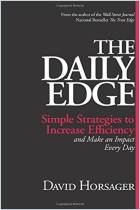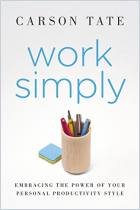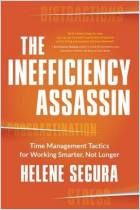
Recommendation
Restaurant kitchens were once messy, chaotic, disorganized places. In 1859, a 13-year-old boy named Georges Auguste Escoffier revolutionized how kitchens operate by introducing a philosophy called mise en place. His method streamlined culinary work and is now the gold standard for kitchens worldwide. Productivity expert Tiago Forte argues that knowledge work must undergo a similar transformation. By infusing your work with a dollop of mise-en-place principles, you can reap palatable productivity gains.
Summary
About the Author
Tiago Forte is the founder of Forte Labs, a San Francisco-based consultancy for improving productivity.
By the same author
Learners who read this summary also read
Book
Book
Book

















Comment on this summary or Start Discussion